Irregular rhythms 6second rule, works for _____, how do u do it irregular heartbeats, count number of QRS complexes in two 3second sections and multiply by ten ECG Interpretation 41 A Systematic Method of Interpretation The routine use of a systematic method of interpretation for both normal and pathologic ECG patterns as outlined below, is an effective way to avoid errors by ensuring that all shown parameters are checked For example, the PR interval must be measured in the diagnosis of preexcitation andECG What is the rule of 300?

Ecg
300 150 ekg rule
300 150 ekg rule- On the EKG, locate a R wave that matches a thick line, count the number of large squares to the next R wave Heart rate is 300 divided by the number of large squares , and that's it!All the rules of vector analysis apply Note that the wave of depolarization moves through the heart in three dimensions, but that each ECG lead records it in just one dimension, between two poles Having 12 leads grouped in frontal and horizontal planes allows us to reconstruct electrical events in three dimensions (Fig 12)




How To Read An Ecg
3 large blocks 100 2 large blocks 150 1 large block 300 We know the "normal" heart rate is (although some would argue that 5090 is more accurate) Using the normal heart rate should have 35 large blocks between Rwaves The rule of 300 No of big boxes Rate (apprx) 1 300 2 150 3 100 4 75 5 60 6 50 10 second rule • As most ECG record 10 seconds of rhythm per page, one can simply count the number of beats present on the ECG and multiply by 6 to get the number of beats per secondsTwo large squares, 150 bpm, three large squares, 100 bpm, four 75 bpm
Preventricular contraction (PVC) ECG how long is a normal PR interval?300 150 100 75 60 250 214 187 167 136 125 115 107 94 79 71 68 65 62 (to rule out Hemiblock) Irregular Rhythms (pages ) Sinus Arrhythmia (page 100) Rapid Interpretation of EKG's by Dale Dubin, MD COVER Publishing Co, PO Box , Fort Myers, FL , USA• Using the rules of ECG Interpretation, identify sinus rhythms Rate 300 rule The square counting method is ideal for regular heart rates Use the sequence Count from the first QRS complex, the first thick line is 300, the next thick line 150 etc Count the
Ecg 300 150 100 75 Use the sequence Count from the first QRS complex, the first thick line is 300, the next thick line 150 etc Stop the sequence at the next QRS complex When the second QRS complex is between two lines, take the mean of the two numbers from the sequence or use the finetuning method listed belowTwo large squares, 150 bpm, three large squares, 100 bpm, four300 150 100 75 60 250 214 187 167 136 125 115 107 94 79 71 68 65 62 (to rule out Hemiblock) Irregular Rhythms (pages ) Sinus Arrhythmia (page 100) Irregular rhythm that varies Rapid Interpretation of EKG's by Dale Dubin, MD COVER Publishing Co, PO Box 1092, Tampa, FL , USAAdvanced Critical Care, 25(2), STEMI Brown, H (14) Synopsis and review of the American College of Cardiology Foundation/American Heart Association 13 STeleva tion myocardial infarction guideline AACN Advanced Critical Care, 25(2),




How To Compute The Rate Youtube



2
The EKG rhythm will appear regular and heart rate that will be fast ( bpm) The P wave will be merged with T wave The PR interval is normal (012 sec) but can be difficult to measure The QRS complex will typically be normal (10 sec)For example if there is 1 large square between R waves, the heart rate is 300 bpm;The mnemonic "" to estimate the rate in beats per minute (BPM) In other words if you pass 2 lines before the next QRS, the heart rate (HR) would be less than 150 Remember that this is merely an estimate You should use




Ecg Knowledge Amboss




How To Read An Ecg
12 Lead ECG Interpretation The Basics and Beyond Cindy Weston, DNP, RN, CCRN, CNSCC, FNPBC Assistant Professor Texas A&M University College of Nursing cweston@tamhscedu Objectives • Review the basics of 12 lead electrocardiogram • Review the physiology of ECG • Review when to order and mechanisms for coding and billing a 12 lead ECG Use the sequence Count from the first QRS complex, the first thick line is 300, the next thick line 150 etc Stop the sequence at the next QRS complex When the second QRS complex is between two lines, take the mean of the two numbers from the sequence or use the finetuning method listed below We can calculate the beats per minute (bpm) by dividing 300 by the number of LARGE squares between two R waves (RR interval = one beat) REGULAR rhythms Rate = 300 / number of LARGE squares between consecutive R waves Very FAST rhythms Rate = 1500 / number of SMALL squares between consecutive R waves SLOW or IRREGULAR rhythms Rate =




Rate




Basic Ekg
The Rule of 300 It may be easiest to memorize the following table No of big boxes Rate 1 300 2 150 3 100 4 75 5 60 6 50 59 10 Second Rule EKGs record 10 seconds of rhythm per page, Count the number of beats present on the EKG Multiply by 6 For irregular rhythms 60 What is the heart rate?Approach to the ECG – Andy Hughes General Schema Rate Rhythm Axis Intervals Morphology Rate Regular rhythms, "Rule of 300" = 300 ÷ (large boxes between QRS complexes) 300, 150, 100, 75, 60, 50 Irregular rhythms or severe bradycardia = (total number of QRS complexes on ECG) xEKG rhythm interpretation on how to count a heart rate using the 6 second rule This video shows how to calculate a heart rate on an ECG strip using the six



Large Block Method To Calculate Heart Rate Ecg Medical Training




Why Does Atrial Flutter Fool Us So Often Top 10 Tips To Minimize Uncertainty Learn Advanced
The rule of 300 No of big boxes Rate (apprx) 1 300 2 150 3 100 4 75 5 60 6 50 10 second rule • As most ECG record 10 seconds of rhythm per page, one can simply count the number of beats present on the ECG and multiply by 6 to get the number of beats per seconds For example, if the interval between two QRS complexes is two large boxes, then the rate is 150 beats per minute (bpm) (300 ÷ 2 = 150 bpm) See the following images Another method, which gives a rough approximation, is the "count off" method Simply count the number of large squares between R waves with the following rates 300 150 100 75 60 For example, if there are three large boxes between R waves, then the rate is 100 beats/min One must extrapolate, however, between boxes




Ecg Basics Rebel Em Emergency Medicine Blog
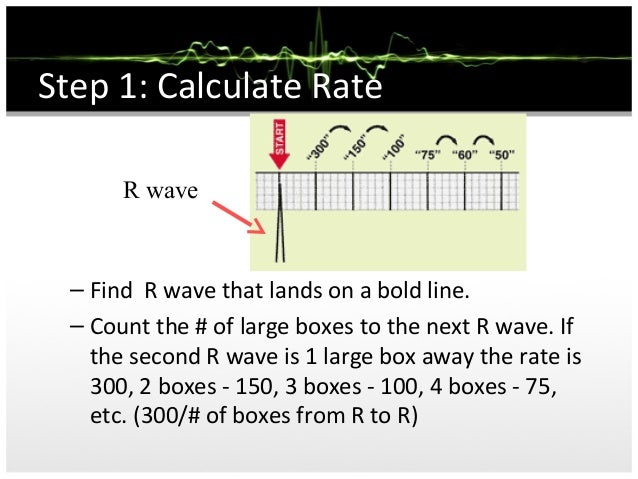



Ecg Step Y Step 15 Hashem
Now, all this being said, the safe withdrawal rate is typically used to analyze yeartoyear spending, while this "rule of 300" is being applied toIntroduction to Basic EKG Interpretation › On roundup of the best education on wwwrobertvromancom Details • 300 150, each small block = 30 bpm • 150 100, each small block = 10 bpm • 100 75, each small block = 5 bpm pacemaker cells follow the rule that the fastest to repolarize will depolarize first3step approach (1) Locate R wave that falls on or near thick line (2) Count # of thick lines until next R wave (3) Use "" rule Regular rhythms If HR 100 BPM HR = (1500) / (# small square b/t cycles) Irregular or bradycardic rhythms HR = (# cycles over interval) x (# to get to 1 minute)
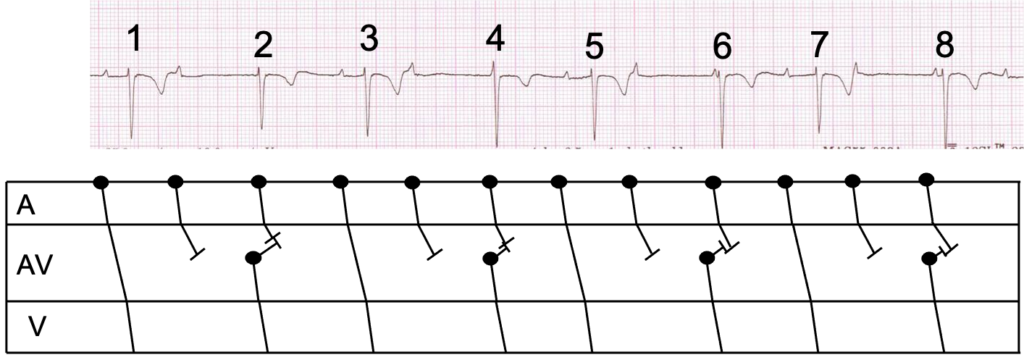



Dr Dave Richley Ecg Of The Month May 21 Scst




Ecg
Is the rate fast or slow (RR Interval and 300, 150, 100 rule) Rhythm? Distance markers on EKG represent 15 large boxes (3 seconds) Count QRS Complex es between spanning 2 distance markers (30 large boxes, 6 seconds) Multiply complex count by 10 for Heart Rate per minute Interval between complexes Count large boxes (02 seconds) between complexes Divide 300 by box count 300, 150, 100, 75, 60, 50 6 second ecg practice strips Practice Rhythm Strip 1 Rate About 80 BPM PR intervals Normal, except in event Evaluation with a full 12lead ECG is indicated to evaluate the possibility Improve your EKG interpretation skills Practice on strips and 12 leads 68 year old male with sudden loss of consciousness 72 year old female with The
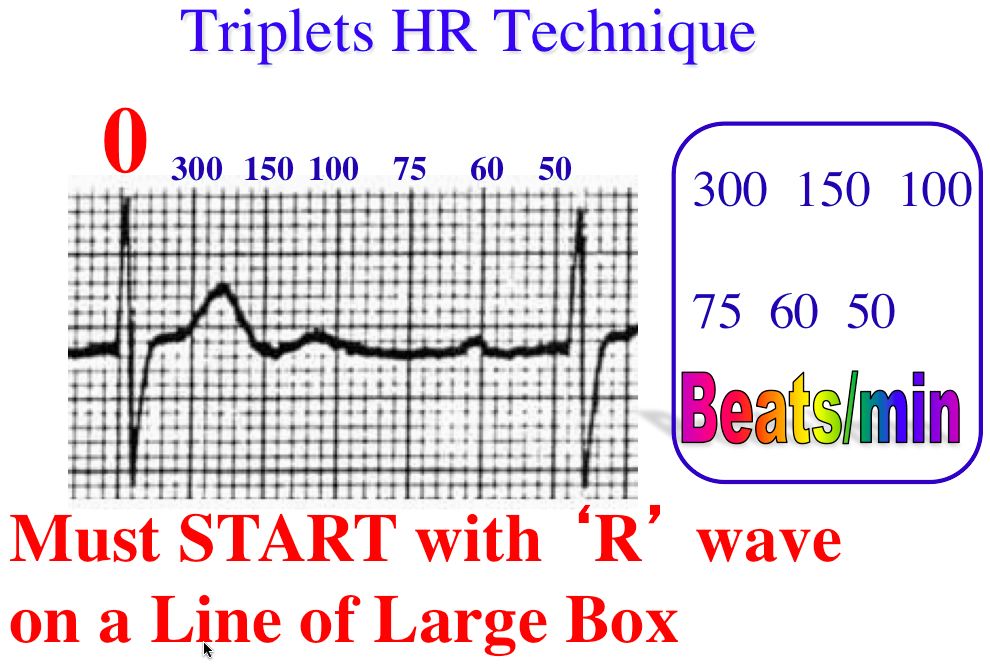



Triplets R To R 6 Second Heart Rate Method



2
In clinical context Now we've gone through the system, let's use the "ECG Rule of Fours" to interpret the ECG we were presented with above (1) History 60 year old male, weakness and respiratory failure Lead placement looks ok (ECG anonymised, but should have a sticker) Hmmmm, this is sounding suspicious alreadyThis improves the speed and most importantly the reliability of your assessments, especially when you encounter an arrhythmia Below I have included my recommendation on how read an ECG Rate? 4 Divide the number 300 by your answer above Once you have calculated the number of big squares separating QRS complexes (let's use 32 as an example), perform the following calculation to determine heart rate 300/32 =




Determine Hr From An Irregular Rhythm Ekg 6 Second Method Youtube
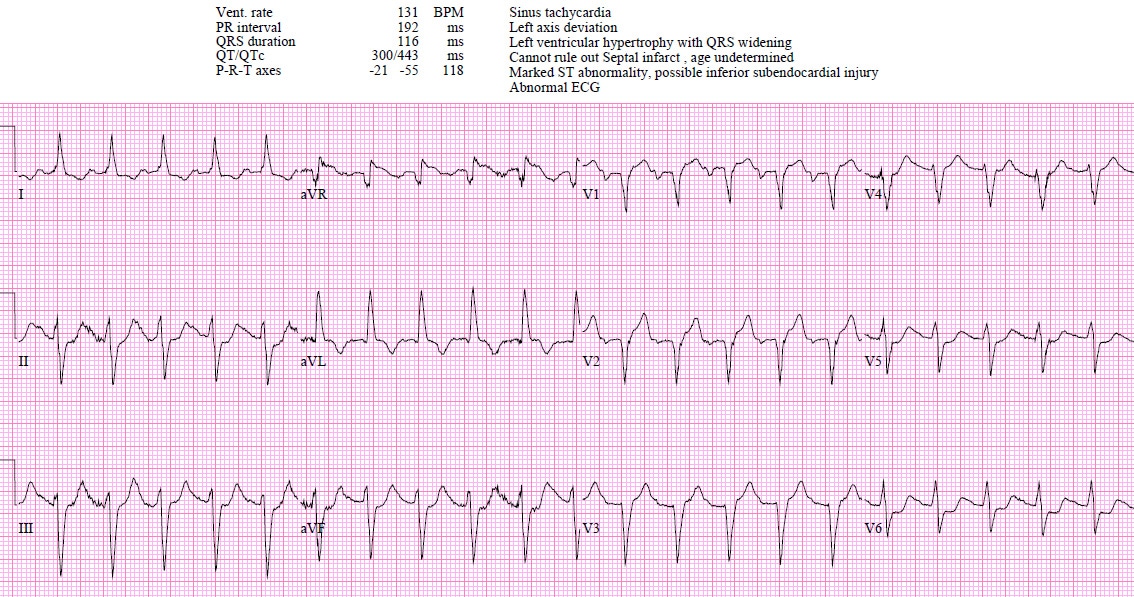



St Elevation In Avr Stemi Equivalent Ecg Cases Emergency Medicine Cases
There are many ways you can count a heart rate on an EKG, but I find the six second rule to be the easiest and fastest way In addition, the six second rule is great for counting heart rhythms that aren't regular like, atrial fibrillation, atrial flutter, sinus arrhythmia, sinus rhythm with PVCs etc Before you can understand how to count the heart rate using the 6 second rule, you must33 x 6 = 198 bpm 61 Calculation of Heart Rate One may also ask, what is the 300 rule for ECG?




Lab Activity 24 Ekg Reference Dubin Dale Rapid




Heart Rate Calculation Exercises Youtube
Remember the sequence 300, 150, 100, 75, 60, 50 Identify an R wave that falls on the marker of a `big block' Count the number of big blocks to the next R wave If the number of big blocks is 1, the rate is 300, if it's two, then the rate is 150, and so on300 150 ecg rule Furthermore, how do you calculate squares on an ECG?R 300 150 100 75 60 50 43 38 33 ↓ ↓ ↓ ↓ ↓ ↓ ↓ In order to calculate a regular rhythm, the heart rate is 300 divided by the number of large squares between the QRS complexes or 1500 divided by the number of tiny squares (this is an example using the division method) Co Grand Co Us Documentcenter ViewRegular or irregular (RR Interval consistent or not)




Reading Ecgs In Veterinary Patients An Introduction




Ecg Basics Rebel Em Emergency Medicine Blog
The value of the heart rate is equal to 300 divided by the number of large squares remaining small squares multiplied by 02 To calculate the heart rate with this HR calculator enter the number of large and small squares between two QRS complexes Remember this hear rate calculator is only valid for electrocardiograms with regular rhythm004 seconds ECG Which condition would have a regular but interrupted rhythm? 300, 150, 100, 75, 60, 50, 43, 37, 33 The heart rate irregular rhythm If the heart rate is irregular, count the number of QRS complexes on the ECG and multiply by 6 to obtain the average heart rate
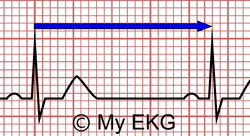



How To Calculate The Heart Rate On An Ekg




Cv Physiology Determining Heart Rate From The Electrocardiogram
An alternative method is to count down from 300, 150, 100, 75, and 60 from each of the dark vertical lines between the QRS complexes ItLarge boxes, QRS complexes, 300, 150, 100, 75, 60, 50;Place the beginning point of a cardiac ruler over an R wave Look at the number on which the next R wave falls and that becomes the heart rate for that patient Use the following numbers to indicate what the heart rate is between two successive R waves 300, 150, 100, 75, 60, 50, 43, 37, 33, 30 Method # 2 The Six Second Tracing Method




Introduction To Ecg Interpretation Electrocardiogram Interpretation Is An
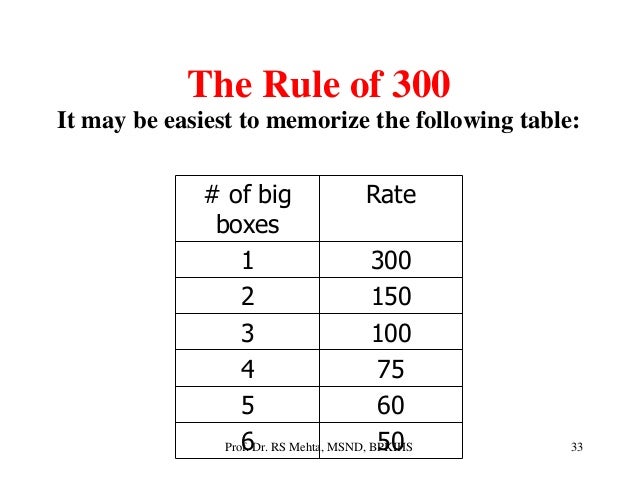



Ecg Arrhythmias
12/2/16 3 A Second Look SA Node – bpm Max 150 AV/Junctional Node –4060 bpm Purkinje/Ventricles 40 bpm 13 The Pacing Principle The SA node is the inherent pacemaker of the heart However, the pacemaker that is firing the fastest atCount big boxes to estimate HR 300, 150, 100, 75, 60 ECG What does each small square represent?• , each small block = 30 bpm • , each small block = 10 bpm • , each small block = 5 bpm pacemaker cells follow the rule that the fastest to repolarize will depolarize first • The rules of normal sinus rhythm are This is represented by a variable P – R interval on the EKG • The rules of a Wandering




Ekg Lecture Series Fundamentals Flashcards Quizlet




Ecg Basics Methods Of Heart Rate Calculation Youtube
The 300 Method Count the number of large boxes between 2 successive R waves and divide by 300 to obtain heart rate 4 The 1500 Method Count the number of small boxes between two successive R waves and divide this number into 1500 to obtain heart rate This works well for faster heart rates ECG interpretation, ECG mnemmonics, ECG for medical students you can rapidly estimate ventricular or atrial rates by memorizing the sequence "300, 150, 100, 75, 60, 50" Determine the cardiac axis the easiest way is to use the thumb rule Left thumb represents lead 1 Memorize the following sequence of numbers as stated in the ECG Strip Ease Book, "300, 150, 100, 75, 60,50 4" Start with the pwave or rwave (according to which rate you are measuring) closest to a heavy line on the EKG paper Assign the next series of heavy lines the six numbers respectively




Use The Bix Rule While Interpreting Svt Cme India
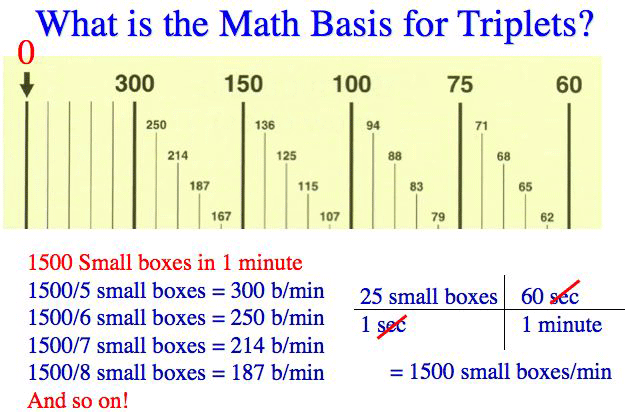



Triplets R To R 6 Second Heart Rate Method
QRS complexes found in a 6second portion of the ECG tracing • The 300, 150, 100, 75, 60, 50 method involves locating an R wave on a bold line on the ECG paper, then finding the next consecutive R wave and using the 300, 150, 100, 75, 60, 50 values for subsequent bold lines to determine the rate
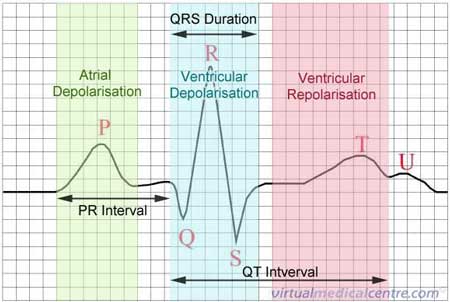



How To Read An Ecg




Ecg Rule Blundell Harling



2
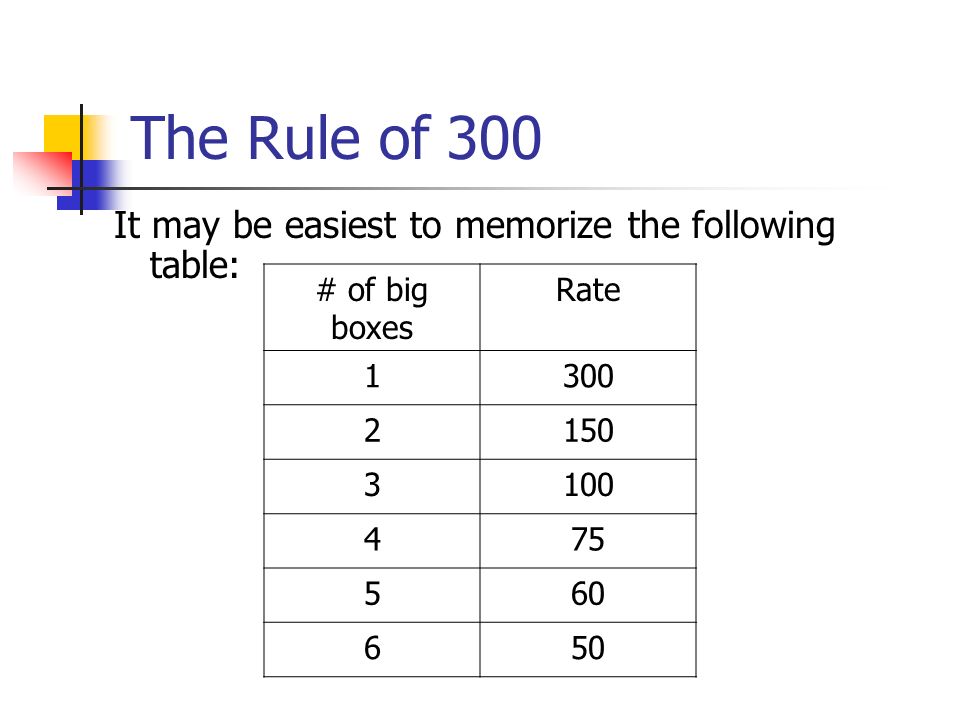



Focus 1 Ecg Course Dr Boyd Semc Ppt Download




Ekg Ecg Interpretation Course Ceufast Nursing Continuing Education




Ecg M Bayat Ph D Ppt Video Online Download
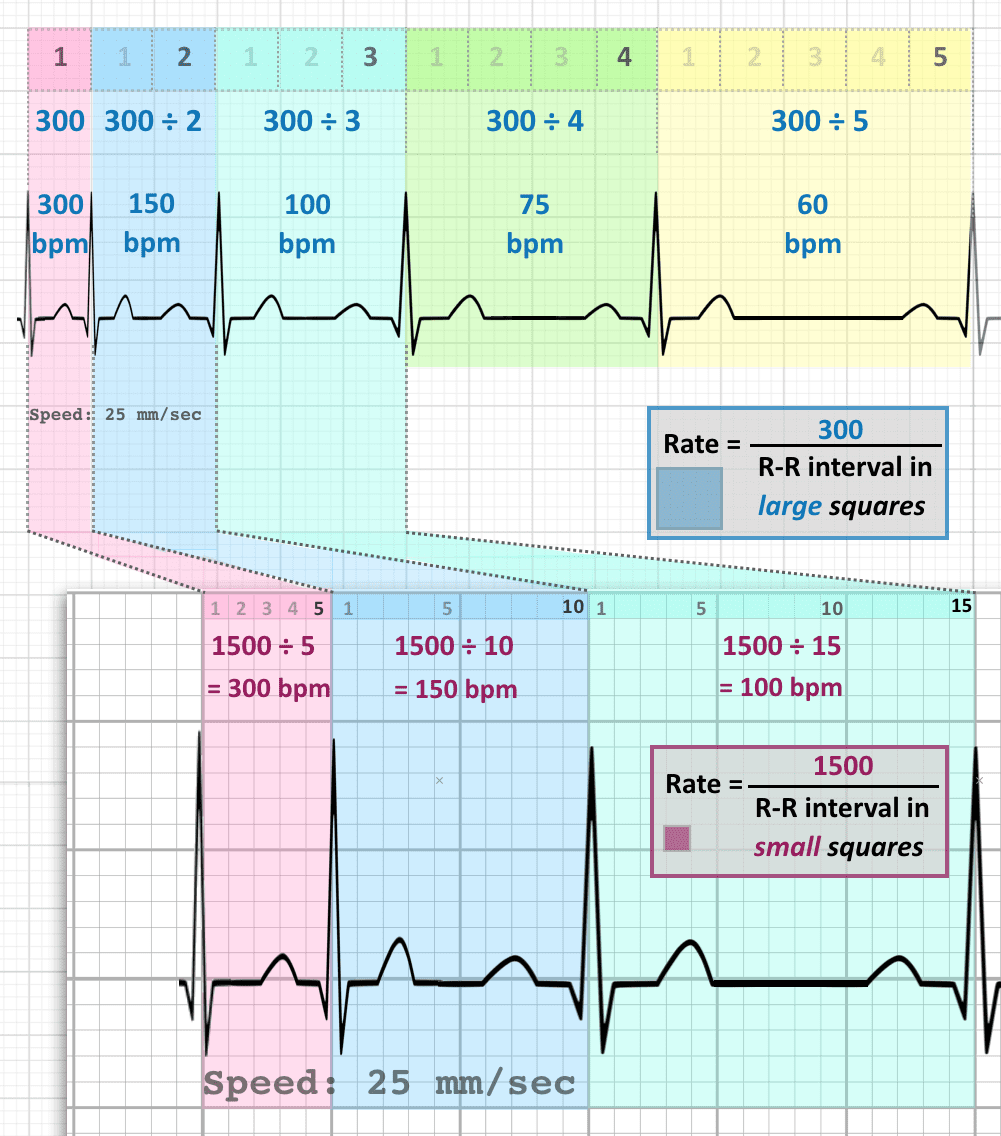



Ecg Rate Interpretation Litfl Medical Blog Ecg Library Basics




Ecg Rate Interpretation Litfl Medical Blog Ecg Library Basics



2




Acadoodle




Determine Hr From A Regular Rhythm Ekg 1500 300 Methods Youtube
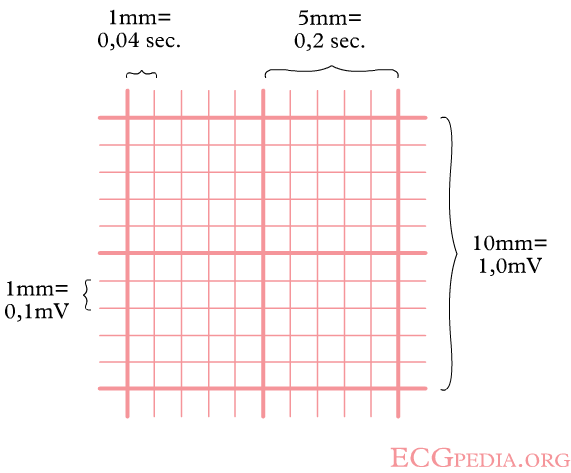



Heart Rate Wikidoc




Ekg Ch 3 Analysis And Interpretation Flashcards Quizlet



2
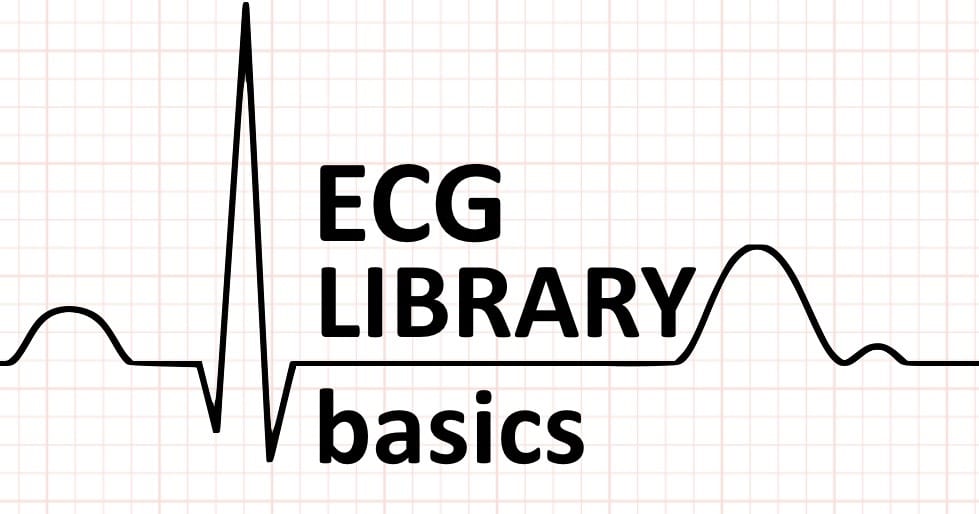



Ecg Rate Interpretation Litfl Medical Blog Ecg Library Basics




Why Does Atrial Flutter Fool Us So Often Top 10 Tips To Minimize Uncertainty Learn Advanced
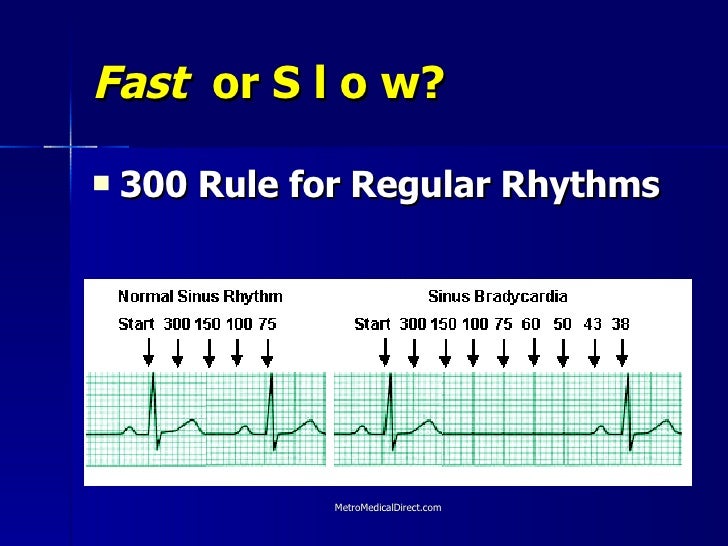



Basic Ekg




Ecg Basics Rebel Em Emergency Medicine Blog



Ekg Paper Ems Education
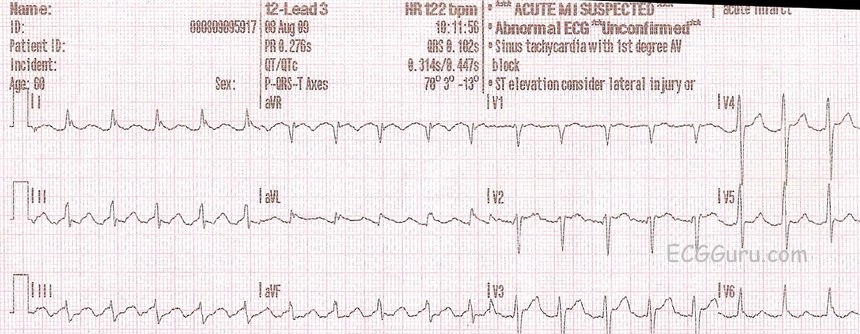



10 Tips To Diagnose Atrial Flutter On An Ekg




Basics Of Electrocardiography Ecg



3



2



1



2



2




Use The Bix Rule While Interpreting Svt Cme India



Ecg A Pictorial Primer



2
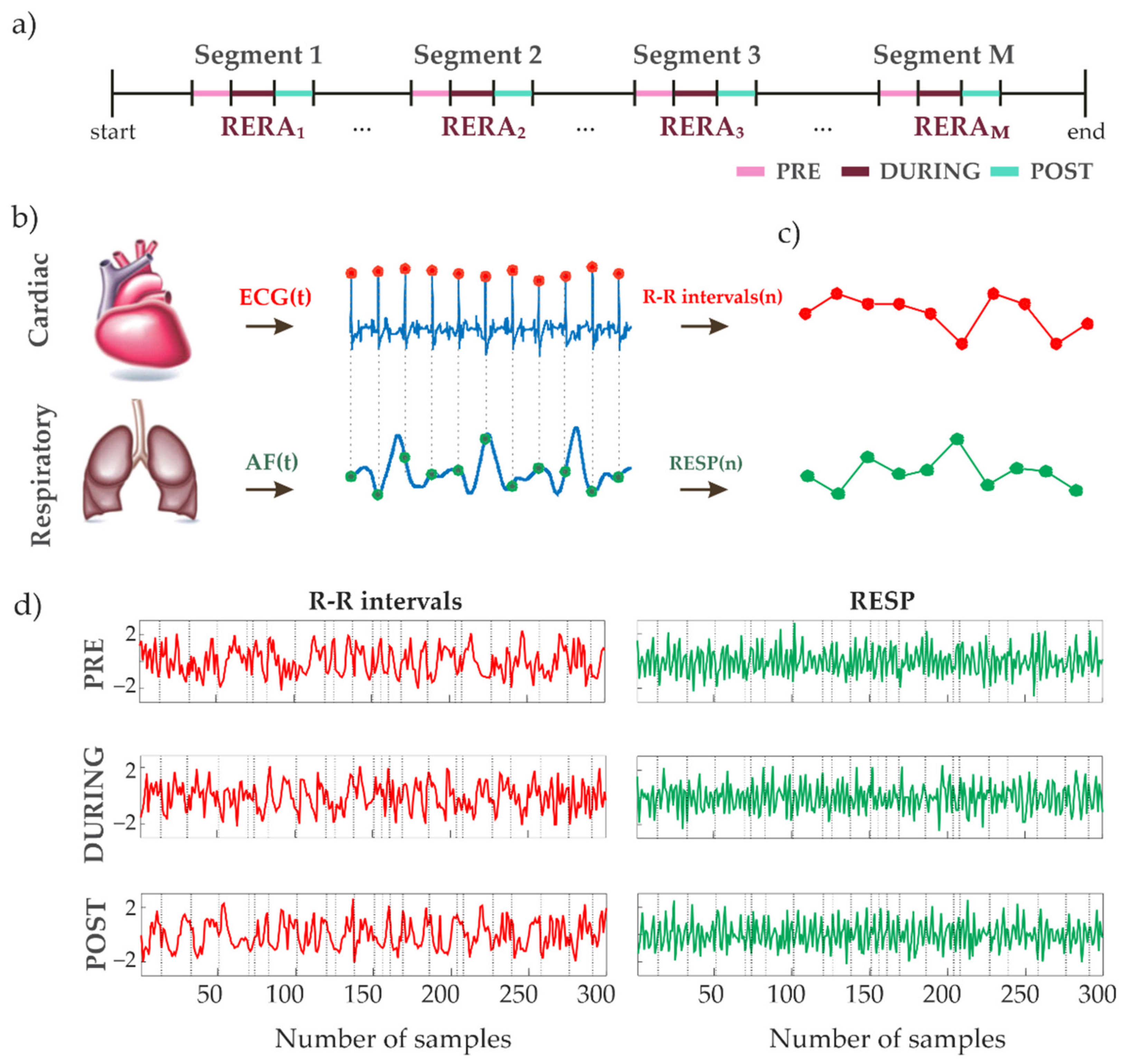



Entropy Free Full Text Assessment Of Cardiorespiratory Interactions During Apneic Events In Sleep Via Fuzzy Kernel Measures Of Information Dynamics Html



1



2



2



2




Why Does Atrial Flutter Fool Us So Often Top 10 Tips To Minimize Uncertainty Learn Advanced




Wondr Medical Interesting Ecg Clinical Cases And Worked Examples



2




Jaypeedigital Ebook Reader
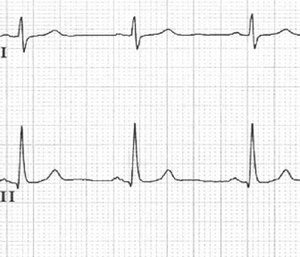



Moving Beyond The Standard 12 Lead Ecg



2
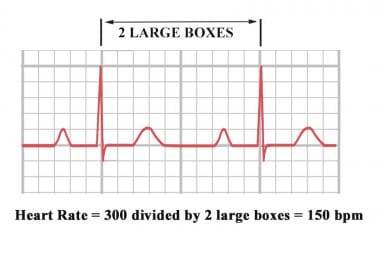



How Is The Heart Rate Determined On Electrocardiography Ecg




Ecg Basics Rebel Em Emergency Medicine Blog
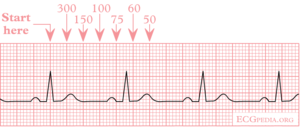



Rate Ecgpedia



2




Determining Rate Learn The Heart
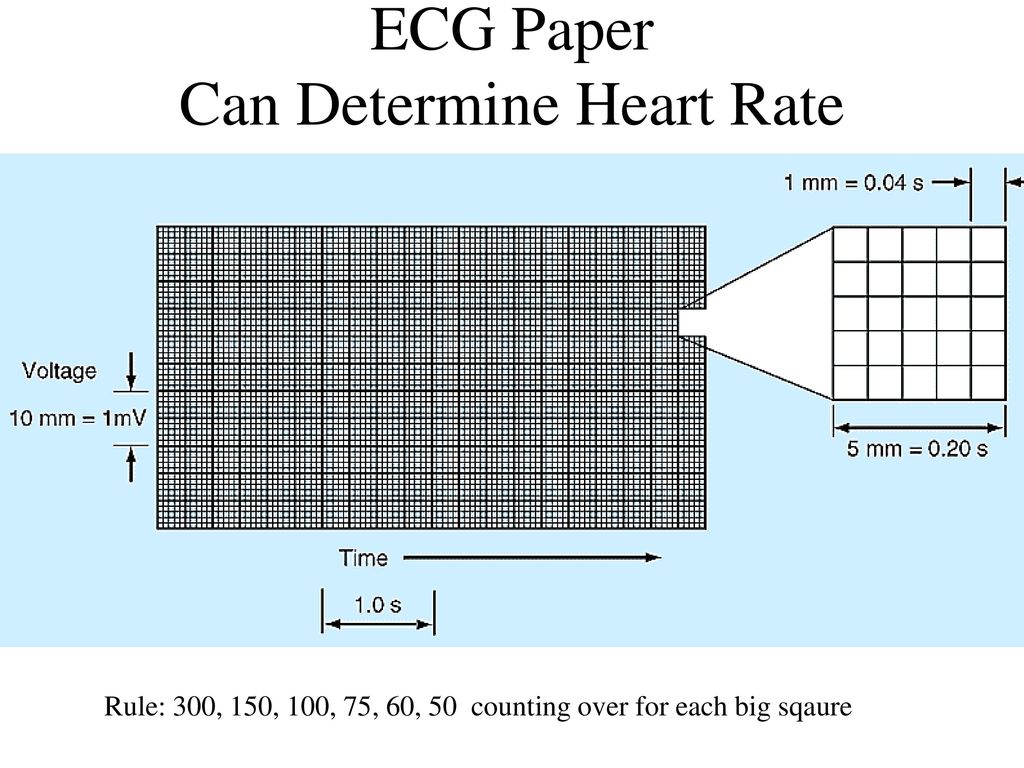



What Types Of Pathology Can We Identify And Study From Ekgs Ppt Download




How Is The Heart Rate Determined On Electrocardiography Ecg




Rate Ecgpedia
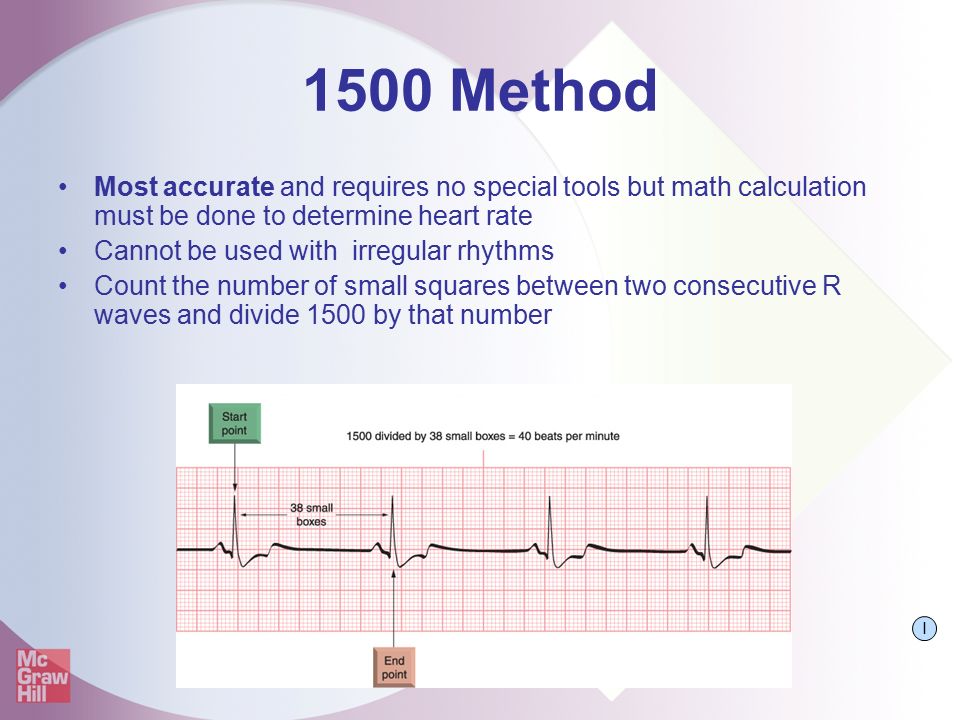



Fast Easy Ecgs A Self Paced Learning Program Ppt Video Online Download



2




Understanding Basic Ekg Zabrina Bellina University Of Central




Heart Rate The Premier Ekg Resource For Medical Professionals Ekg Md Dr Anthony Kashou




Ecg Knowledge Amboss
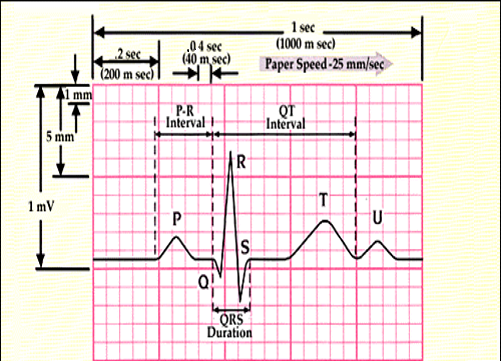



How To Read An Ecg Physical Therapy Reviewer



2




Medicowesome Mnemonics And Basics Of Ecg Interpretation




Reading Ecgs In Veterinary Patients An Introduction



2
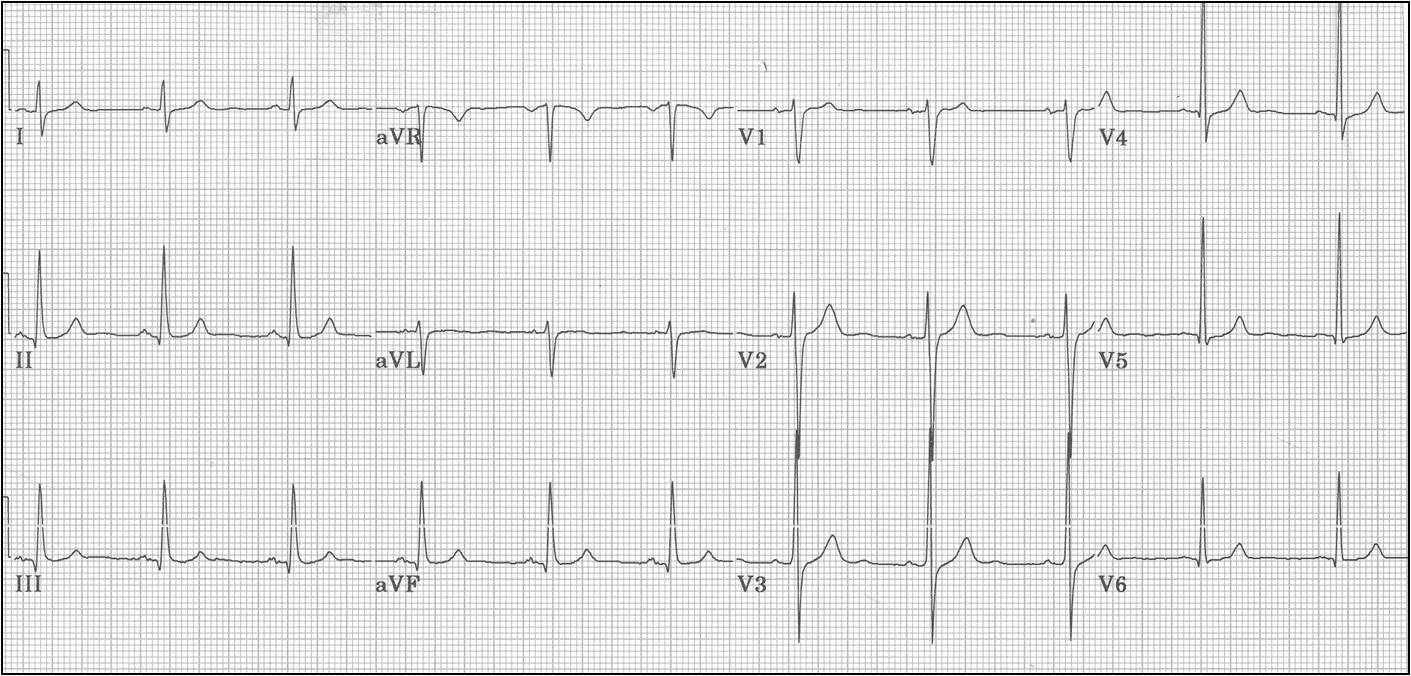



How To Read An Ecg Physical Therapy Reviewer




Ecg Basics Rebel Em Emergency Medicine Blog




Ekg Rate Practice Flashcards Quizlet




Patwari Academy Ecg Rate Rhythm Axis




Ecg Basics Rebel Em Emergency Medicine Blog




Ecg Basics 5 10 Rate Calculation Youtube




How To Read An Ecg
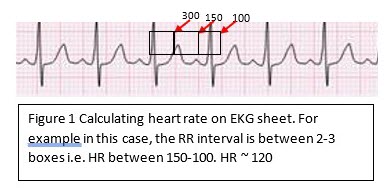



Pediatric Cardiology Part 2




Ecg Basics Rebel Em Emergency Medicine Blog



Normal




Ekg Ecg Interpretation Course Ceufast Nursing Continuing Education




Fetal Electrocardiograms Direct And Abdominal With Reference Heartbeat Annotations Scientific Data




Pediatric Cardiology Part 2




Basics Of Ecg




Ekg Interpretation Cheat Sheet 1 Rate Regular Grepmed




Approach To Ecg Interpretation Springerlink




Aprende A Calcular La Frecuencia Cardiaca De 3 Formas Diferentes En El Ecg Video Medicina Mnemotecnias



2



0 件のコメント:
コメントを投稿